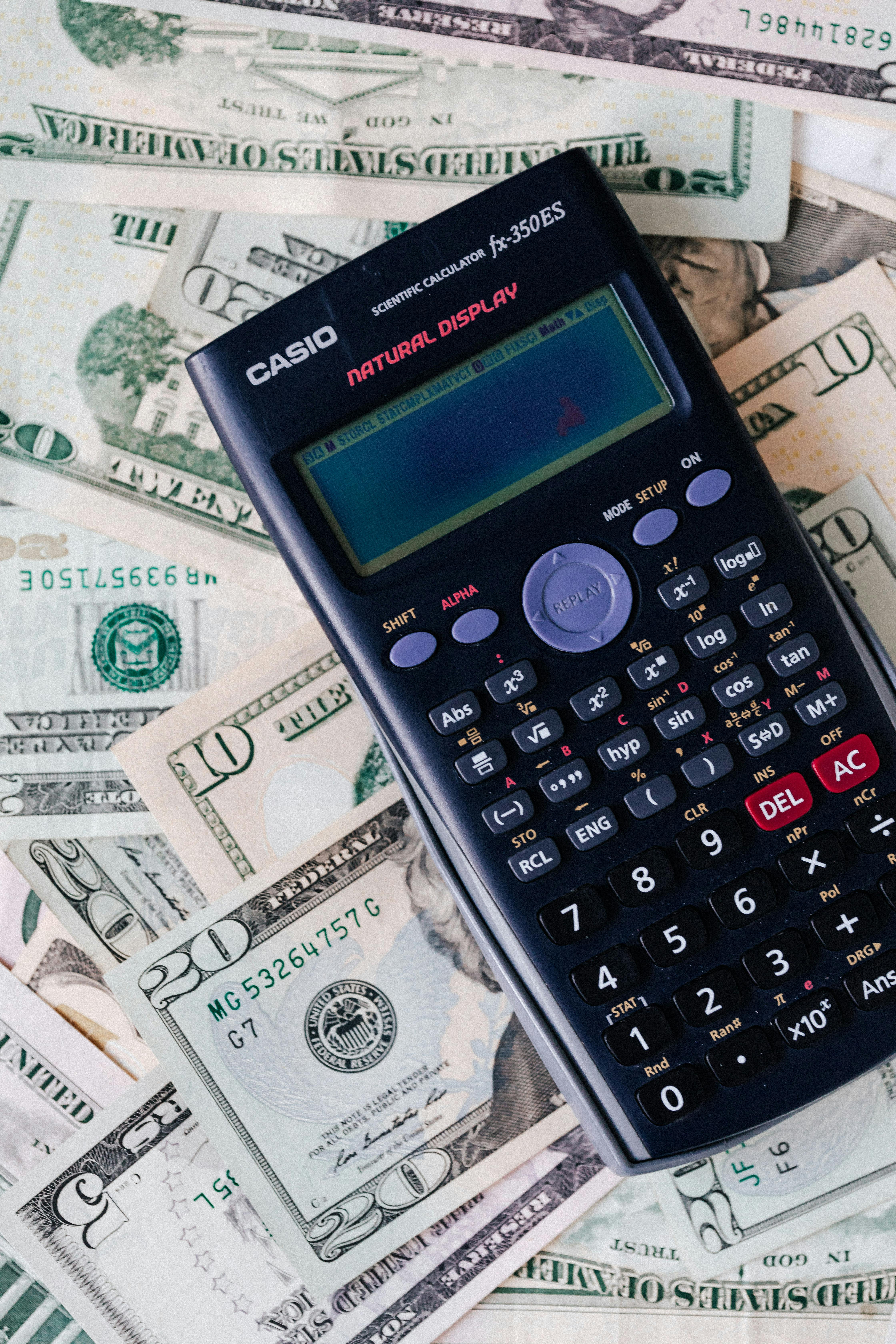Personal Loans vs Credit Cards: Which Is Better for Borrowing in 2025?
In 2025 the best way to borrow money depends on purpose, term, and cashflow. For medium-to-large fixed expenses or debt consolidation, personal loans typically deliver lower rates and predictable monthly payments. For short-term borrowing, rewards, or small urgent expenses, credit cards remain convenient — but with higher APRs and risk of compounding interest. Use the interactive borrowing calculator below to compare scenarios and choose the optimal borrowing option.
Why borrowing choices matter in 2025
Macro conditions in 2025 — higher baseline rates than early 2020s, persistent inflation in many regions, and the adoption of AI underwriting — mean that the difference between a 9% personal loan and a 19% credit card APR can have a dramatic effect on your long-term cost of borrowing. Consumers asking "personal loan vs credit card 2025" need to compare effective interest, fees, repayment discipline, and liquidity needs before choosing the best way to borrow money.

What is a personal loan (2025)
Personal loans are unsecured or secured installment loans with fixed monthly payments and defined terms (often 1–7 years). In 2025, banks and online lenders offer personal loan APRs commonly between 7% and 13% depending on credit score, income documentation, and region. Personal loans are ideal for debt consolidation, large one-off purchases, home improvements, or predictable financing.
Key features
- Fixed monthly payments — helpful for budgeting.
- Lower APRs than typical credit card rates for borrowers with good credit.
- Origination fees or early-repayment penalties may apply.
- May require identity and income verification (sometimes faster due to fintech automation).
What is a credit card (2025)
Credit cards provide revolving credit with an assigned credit limit. APRs in 2025 average between 15% and 25% for unsecured consumer cards, though promotional 0% balance transfer offers still exist for qualifying customers. Cards offer flexibility, rewards, and convenience but are costlier for sustained balances.
Key features
- Pay for purchases and carry a revolving balance.
- Rewards, cashback, and purchase protection.
- High interest on carried balances; interest compounds daily on many cards.
- Cash advances typically have very high fees and immediate interest.
Key Borrowing Terms 2025 Explained
- APR (Annual Percentage Rate): The yearly cost of borrowing including fees.
- Revolving Credit: Flexible line of credit where balances roll over month to month (credit cards).
- Origination Fee: Upfront cost charged by lenders when you take a personal loan.
Side-by-side comparison: personal loans vs credit cards (2025)
| Feature | Personal Loan | Credit Card |
|---|---|---|
| Average APR (2025) | 7% – 13% | 15% – 25% APR |
| Repayment | Fixed installments (1–7 years) | Revolving; monthly minimums |
| Best for | Debt consolidation, large purchases | Short-term spending, rewards |
| Costs | Origination fee possible; predictable total interest | High ongoing interest; late fees; cash advance fees |
| Credit-score effect | On-time payments build installment credit | Utilization affects score quickly |
Break-Even Calculator — When is a Loan Cheaper than a Credit Card?
Borrowing Trends Visualized
Interactive Borrowing Calculator — compare monthly payments
Tip: For credit card scenarios, set the APR to the card's APR and consider shorter terms (or input the minimum payment percentage to see long-term cost).
Case Scenarios — real numbers (personal loan vs credit card)
These scenarios use the calculator logic; you can replicate them by inputting the values above.
- Scenario A — Debt consolidation: $10,000 consolidated with a personal loan at 9% APR over 3 years → Monthly ≈ —.
- Scenario B — Revolving credit: $10,000 left on a credit card at 19% APR making minimum payments (assume 3% minimum) → Long-term cost ≈ — and very high interest.
In 2025, digital lenders can speed approvals, but price still matters. Choose a personal loan for predictable payoff and credit improvement through diversified installment history. Use credit cards for short, interest-free windows (promos) or when rewards outweigh short-term carrying costs.
Pros & Cons — Which is better for borrowing in 2025?
Why choose a personal loan
- Lower APR for borrowers with good credit.
- Predictable amortization — know your payoff date.
- Excellent for consolidating multiple credit card balances.
Drawbacks of personal loans
- Possible origination fees or prepayment penalties.
- Requires approval and documentation.
- Less flexible if you need ongoing access to credit.
Why use a credit card
- Flexible revolving access and rewards programs.
- Short-term borrowing with possible 0% promos.
- Purchase protections, travel perks, and instant access.
Drawbacks of credit cards
- High APRs for carried balances.
- Rapid credit score damage from high utilization.
- Cash advances and balance transfers can be costly.
Conclusion — the best way to borrow money in 2025
For planned, medium-to-large borrowing — especially to consolidate debt — a personal loan is often the smarter choice in 2025. For short-term convenience, rewards, or emergencies where you can repay quickly, credit cards remain useful. Always compare APR, fees, and your own repayment discipline. Use our calculators and the case scenarios above to test the personal loan vs credit card 2025 outcomes for your situation before deciding.
Try the Borrowing CalculatorFrequently Asked Questions — personal loan vs credit card 2025
Sources & References
This article is backed by trusted financial and economic data from globally recognized institutions:





0 Comments